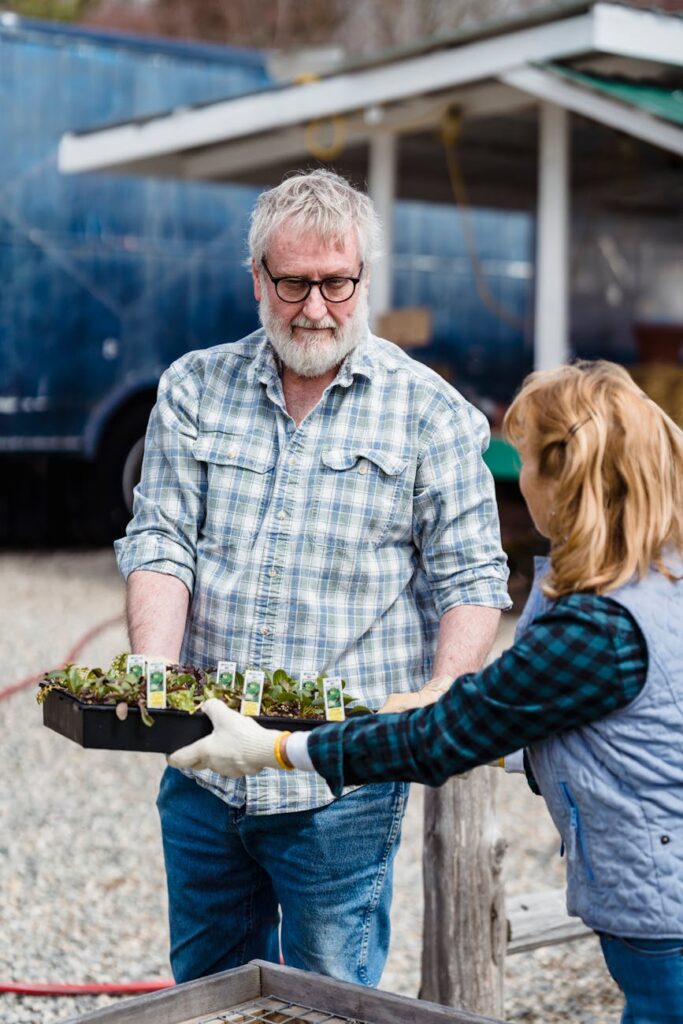Introduction
Beginner’s Guide to Eco-Friendly Everyday Habits for a Greener Lifestyle
Making your day-to-day life more eco-friendly is less about perfection and more about consistent, doable choices. This guide walks you through practical habits that beginners can adopt immediately to reduce waste, lower energy and water use, and cut transport emissions. We will start by shaping a sustainable mindset, move into waste reduction and smarter purchasing, then cover home energy and water efficiency, and finish with greener travel and community tips that reinforce long-term change. Each section builds on the last so you can progress without feeling overwhelmed. Expect actionable steps, simple swaps, and a small table showing estimated impact and savings to help prioritize what matters most for your lifestyle and budget.
Start with mindset and small changes
Before switching light bulbs or cutting meat, set clear, realistic goals. Instead of aiming for immediate zero-waste, pick two or three habits to try for a month. Track progress so small wins feel real. Consider these starter actions:
- Choose one measurable target: reduce weekly garbage by 20 percent, cut electricity consumption by replacing one appliance with an energy-efficient model, or replace single-use coffee cups.
- Use a simple planner or smartphone notes to record habits and obstacles. Reflection creates momentum.
- Commit to learning: follow a reliable environmental news source or subscribe to one sustainability newsletter to stay motivated and informed.
These behavioral foundations make subsequent changes easier and help you identify which swaps deliver the most benefit for your time and budget.
Reduce waste and choose sustainable products
Waste reduction is a high-impact, low-effort area for beginners. Focus on reducing first, then reusing, then recycling. Practical steps include:
- Carry a reusable water bottle, coffee cup, and shopping tote to avoid single-use plastics.
- Buy bulk where possible and choose packaging-free or recyclable packaging. Shop local markets for fresh produce to cut packaging waste.
- Plan meals to reduce food waste: make a weekly menu, freeze leftovers, and compost scraps if possible.
- Prioritize product durability over low initial cost. Repair, donate, or resell items instead of discarding them.
These habits lower your household trash, save money, and reduce the resources needed to produce and transport goods.
Improve home energy and water efficiency
Once waste habits are in place, target energy and water — two major sources of household environmental impact. Start with quick wins, then consider medium-term upgrades:
- Quick wins: switch to LED bulbs, install smart power strips or unplug phantom loads, and lower your thermostat by 1-2 degrees in winter or raise it in summer.
- Water savings: fix leaking taps, install low-flow showerheads, and shorten showers by even one minute to reduce monthly water bills.
- Medium-term upgrades: improve insulation, install a programmable thermostat, and consider energy-efficient appliances (look for energy labels).
- Monitor energy use with a home energy monitor or smart meter if available; seeing real consumption helps maintain behavior change.
Incremental changes here compound over time: small household savings add up to significant reductions in both emissions and utility costs.
Choose greener transport and engage your community
Transportation often represents a large share of personal carbon emissions. Pair personal choices with community action to multiply impact:
- Use active transport: walk or cycle for short trips. Try a weekly car-free day.
- Use public transit, carpool, or switch to a fuel-efficient or electric vehicle when replacement is due.
- Plan errands to reduce trips and combine shopping to save fuel.
- Get involved locally: support policies for safer bike lanes, better transit, and community recycling or composting programs. Collective action unlocks infrastructure that makes sustainable living easier for everyone.
Transport changes often save money and time while delivering one of the largest per-person emissions reductions you can achieve.
Estimated impact and savings
The following table gives approximate annual savings from common beginner habits. Numbers vary by region and household; treat these as illustrative estimates to help prioritize actions.
| Habit | Estimated CO2 reduction per year (kg) | Estimated annual cost savings (USD) |
|---|---|---|
| Switch 10 bulbs to LED | 200 | 50 |
| Reduce meat (1 day/week) | 300 | 100 |
| Start composting (household) | 150 | 30 |
| Use public transit 2 days/week | 400 | 200 |
| Fix leaks and install low-flow fixtures | 50 | 40 |
Notes: CO2 and cost values are rough averages. Local energy mix, travel distances, and prices affect results.
Conclusion
Transitioning to a greener lifestyle begins with a mindset that favors steady, manageable improvements. Start by setting a few measurable goals, reduce waste through reusing and smarter shopping, and then tackle home energy and water efficiency with quick wins and targeted upgrades. Complement household actions with greener transport choices and community engagement to amplify benefits. The included table helps prioritize changes by estimating annual CO2 and cost savings, but local conditions will alter results. Ultimately, consistent small changes create momentum: they lower bills, reduce emissions, and make sustainable living a natural part of everyday life. Choose two actions to start this week and build from there.
Image by: Photo By: Kaboompics.com
https://www.pexels.com/@karolina-grabowska




